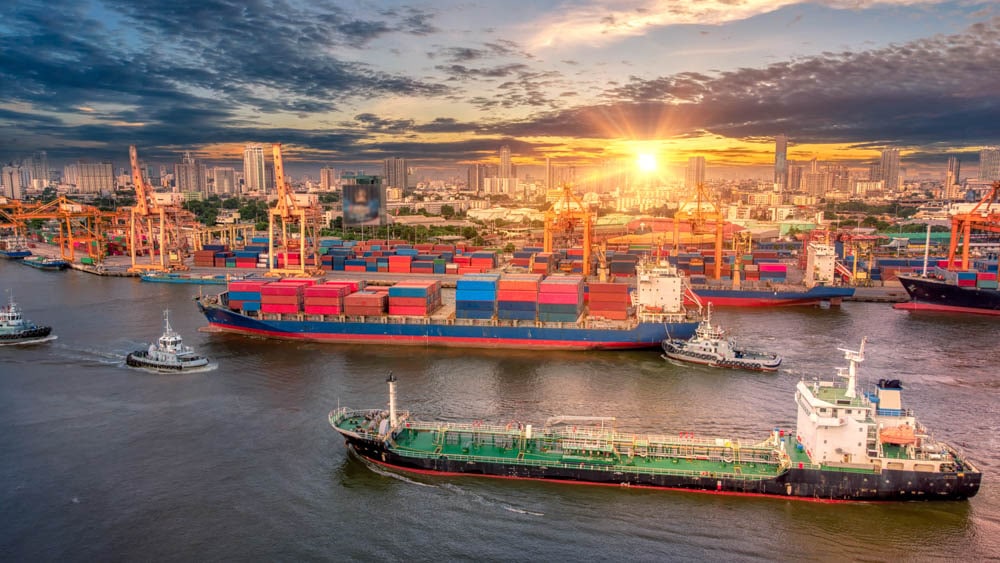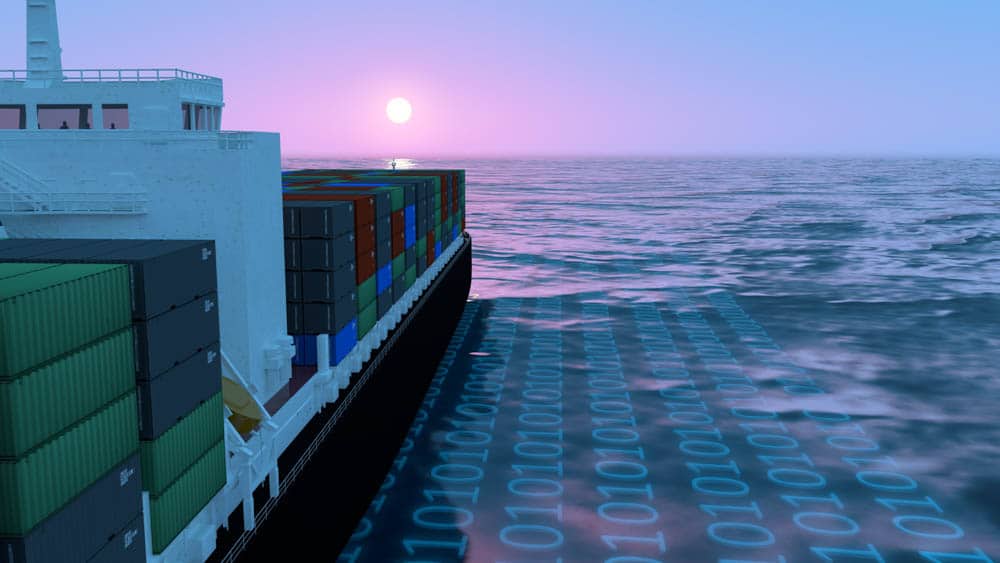As the largest ecosystems on our planet, oceans and seas play a significant role in climate regulation. Also, they are vital to the world’s economy. More than 90% of the world trade is using sea routes, and oceans and seas provide jobs to millions of people.
Blue economy, which covers all economic activities related to the world’s oceans and seas, is predicted to be an important driver for economic growth in the coming years. According to a conservative projection by the OECD, its value-added output could even double in size over the next decade.

Only a sustainable blue economy can support robust growth
But as the blue economy grows, the natural assets of our oceans and seas will face unparalleled pressures. Competition for ocean space will increase when economic activities such as marine aquaculture, renewable energy, and marine and coastal tourism boost and generate added demand in ocean-related industries.
Hence, there is an immediate need to manage oceans and seas more coherently and safeguard them against activities that undermine the basis on which ocean industries depend. Only a sustainable blue economy that fits within the boundaries of our oceans’ and seas’ ecosystems is capable of supporting robust growth of ocean-related economic activities.
Marine spatial planning puts ‘ocean space’ on the agenda
A sustainable blue economy calls for a strategic and integrated approach to planning the development of oceans and seas. Marine Spatial Planning, MSP in short, is increasingly gaining traction as a powerful instrument to put ‘ocean space’ on the sustainable development agenda and provide a breeding ground for new development paths towards a sustainable blue economy.
MSP brings together different stakeholders, such as industry, government, conservation and recreation, and enables them to jointly make thoughtful decisions about how to allocate space among competing economic activities while protecting marine ecosystems. Marine Spatial Planning works across sectors and national borders to encourage investments. It does so by creating more transparent rules and a more predictable investment climate. At the same time, it aims to ensure that human activities at sea do not further jeopardise the health of our oceans and seas.

Informed decisions facilitated by technological innovations
To empower informed decisions, Marine Spatial Planning relies on technological innovations that deliver reliable and relevant data. Examples include
- the improved data sourcing on fishing locations and fishing methods provided by satellite-based Vessel Monitoring System (VMS),
- Automatic Identification System (AIS) to identify and monitor vessels,
- or even the Visible Infrared Imaging Radiometer Suite (VIIRS) to acquire visible and infrared imagery of the oceans.
Besides, big data processing is bound to make a big difference, especially in connection with data processing software and better assessment and decision-making models.
Marine spatial planning as a catalyst for innovative blue technologies
Marine Spatial Planning can play a significant role in the growth of a sustainable blue economy, in particular as a catalyst for innovative blue technologies. By identifying suitable testbeds and demonstration sites, it provides space to test innovative technological solutions and facilitate their de-risking. Examples include the space for testing an autonomous shipping route between Finland and Sweden, the Offshore Innovation Lab in the Netherlands to pilot new technologies or test blue innovations for upscaling, and the space for ocean multi-use demonstrator sites provided by Portugal.

A driver towards life-cycle design thinking
Especially as Marine Spatial Planning brings together different stakeholders to work across borders and sectors, it can be a real driver towards circular and life-cycle design thinking. This thinking is already applied within decommissioned oil and gas installations which are re-purposed to serve other uses after their initial lifetime, such as tourism, hydrogen storage or carbon capture and storage. Whereas current oil and gas installations have not been designed initially with such re-purposing in mind, life-cycle design thinking is becoming more relevant as planning scenarios adopt a long-term perspective.
A sustainable blue economy impacts a broad set of SDGs
From a policy perspective, Marine Spatial Planning is instrumental in implementing a strategic and integrated approach to developing a sustainable blue economy. And because our oceans and seas connect to sustainable life at so many different levels, we shouldn’t underestimate the impact of such an approach. Ultimately, a sustainable blue economy not just helps us achieve SDG14 (Life Below Water) but enables us to impact a broad set of SDGs.
This article on Marine Spatial Planning is inspired by the white paper BLUE TECHNOLOGIES FOR BLUE SUSTAINABILITY published by the Blue Cluster and the Flanders Marine Institute.


